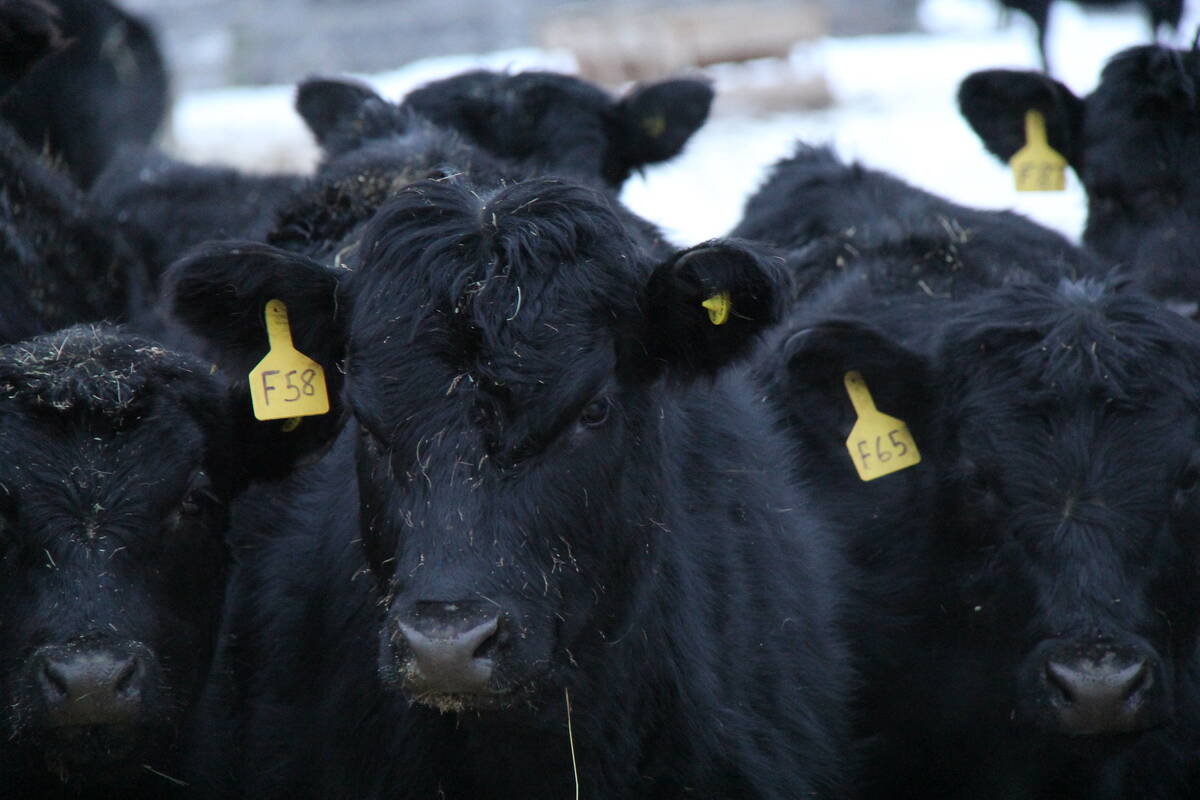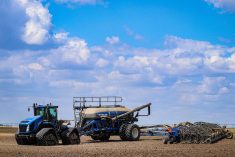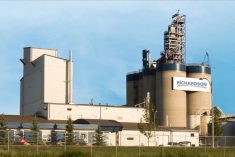VANCOUVER — In 2012, only a fraction of experts believed that North American farmers would buy into weed seed destruction at harvest.
Two years later, many Canadian and American weed scientists are touting the technology as a realistic method to fight herbicide resistant weeds.
“In terms of the States and probably North America in general… within the next 10 years I really think this is the future of weed control,” University of Arkansas weed scientist Jason Norsworthy said at the Weed Science Society of America conference held in Vancouver Feb. 3-6.
Read Also

Under Trump, U.S. cedes its share of China’s beef market to Australia
Australian beef has replaced U.S. supply in China since President Donald Trump returned to the White House.
“That is, having a Harrington Seed Destructor integrated into the combine.”
For several years, Australian weed scientists have promoted the value of destroying weed seeds at harvest through burning windrows, collecting seeds and straw in chaff carts and using a Harrington Seed Destructor, which is a portable mill that is towed behind the combine and pulverizes weed seeds.
Regardless of the approach, the same concept applies: eradicating weed seeds at harvest reduces subsequent weed populations and the probability of genetic variations that are resistant to herbicides.
Skeptics of weed seed destruction have said farmers don’t have the time or willingness to collect and burn straw and weed seeds at harvest time.
As well, they have argued that the practice wouldn’t work in North America because target weeds likely dropped their seeds before fall harvest.
“If they’re not retaining the seed, obviously this isn’t a tool we’re going to be able to use,” Norsworthy said.
To answer that question, Norsworthy and his colleagues studied soybean fields in the southern and midwestern United States in 2012 and 2013.
Norsworthy determined that Palmer amaranth and waterhemp, two weeds that are resistant to multiple herbicides, retained nearly all of their seeds at soybean maturity.
“It blew me away at first,” he said.
“In 2012, I said this can’t be for real. We went back and did it again in 2013…. We’re getting, on average, about 99.8 percent of the seeds (Palmer amaranth) retained.”
Results for waterhemp were similar. Testing in multiple states showed the weed held onto almost every seed.
“About 99.8 to 99.9 percent of that seed is being retained, so yes, it is going through the combine … and we see this through vast geographies,” he said.
Neil Harker, an Agriculture Canada weed scientist in Lacombe, Alta., said weed seed destruction at harvest could be a significant tool in the battle against herbicide resistance.
Agriculture Canada will soon buy a Harrington Seed Destructor, which researchers plan to use in Eastern Canada this fall.
“This year we’ll look at some seed retention experiments to see which weeds have the most potential to be reduced by seed destruction,” Harker said.
“Next year we’ll have the seed destructor out on farms in Western Canada…. For me, it’s probably the most exciting thing we’re doing over the next few years…. This has tremendous potential for some weeds, to take a good shot at weeds without applying selection pressure to our most valuable herbicide tools.”
Weed seed destruction might be feasible in Western Australia, but Michael Owen, a weed scientist from Iowa State University, remains skeptical about chaff carts, weed seed destructors or anything else towed behind a combine in the U.S. Midwest.
“I’m not overly optimistic,” he said.
“For one thing, I don’t think it would work in corn particularly well, because of the residue…. Also, the scale that we have and the yields that we get, they (farmers) are not going to waste a lot of time dealing with another piece of equipment.”
As for windrow burning, Owen said Iowa farmers don’t have time at harvest for such a practice.
Norsworthy said it could be a decade before a combine manufacturer builds a harvester with a Harrington Seed Destructor incorporated into it, which means farmers need to adopt transition methods in the interim.
“I’d like us (weed scientists) to start demonstrating the value of the chaff cart,” he said.
“So when (farmers) see the Harrington Seed Destructor, it’s something that they readily buy into.”

















